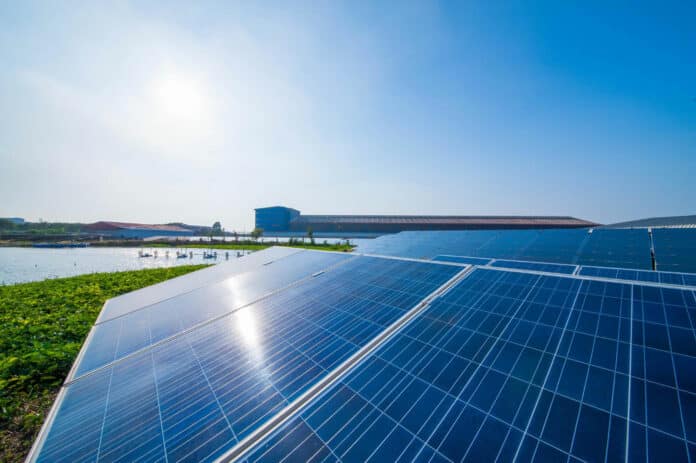
By Ashwini Sakharkar 29 Jun, 2024
Collected at: https://www.techexplorist.com/giant-clams-most-efficient-solar-energy-system-planet/85704/
The new Yale-led study suggests that designers of solar panels and biorefineries could gain valuable insights from the iridescent giant clams found in tropical coral reefs.
This is due to the precise geometries of giant clams, which consist of dynamic, vertical columns of photosynthetic receptors covered by a thin, light-scattering layer. These geometries may establish giant clams as the most efficient solar energy systems on Earth.
“It’s counter-intuitive to a lot of people because clams operate in intense sunlight, but actually they’re really dark on the inside,” said Alison Sweeney, associate professor of physics and of ecology and evolutionary biology in Yale’s Faculty of Arts and Sciences. “The truth is that clams are more efficient at solar energy conversion than any existing solar panel technology.”
In the study recently published in the journal PRX: Energy, Sweeney’s research team introduces an analytical model that calculates the maximum efficiency of photosynthetic systems. This model is based on the geometric, movement, and light-scattering properties of giant clams.
The study is part of a series of research projects from Sweeney’s lab that examine natural biological processes with the potential to inspire sustainable materials and designs.
In this instance, the scientists focused on exploring the remarkable solar energy capabilities of iridescent giant clams found in the shallow waters of Palau in the Western Pacific.
The clams have a photosymbiotic relationship, with vertical single-celled algae cylinders growing on their surface. These algae absorb sunlight that has been scattered by a layer of iridocytes.
According to the researchers, both the arrangement of the algae and the light scattering by the iridocytes are crucial. The vertical alignment of the algae in columns allows them to absorb sunlight efficiently because they are parallel to the incoming light. This efficiency is achieved as the sunlight is filtered and scattered by the iridocyte layer, allowing the light to uniformly wrap around each vertical algae cylinder.
Sweeney and her team created a calculation model for quantum efficiency based on the geometry of giant clams, which measures the conversion of photons to electrons. They took into account sunlight variations typical of a tropical day, including sunrise, midday sun strength, and sunset. The calculated quantum efficiency was 42%.
However, the researchers introduced an additional element: the behavior of giant clams as they expand and contract in response to changes in sunlight.
“Clams like to move and groove throughout the day,” Sweeney said. “This stretching moves the vertical columns farther apart, effectively making them shorter and wider.”
The quantum efficiency of the clam model increased to 67% with the new information. Sweeney noted that in a tropical environment, the quantum efficiency of a green leaf system is approximately 14%.
The study suggests an interesting comparison with northern spruce forests. The researchers pointed out that boreal spruce forests, which are surrounded by fluctuating layers of fog and clouds, have geometries and light-scattering mechanisms similar to giant clams but on a much larger scale. Furthermore, their quantum efficiency is almost identical.
“One lesson from this is how important it is to consider biodiversity, writ large,” Sweeney said. “My colleagues and I continue to brainstorm about where else on Earth this level of solar efficiency might happen. It is also important to recognize we can only study biodiversity in places where it is maintained.”
She added, “We owe a major debt to Palauans, who put vital cultural value on their clams and reefs and work to keep them in pristine health.”
The TEXT above could serve as inspiration and provide valuable insights for improving sustainable energy technology’s efficiency.
“One could envision a new generation of solar panels that grow algae or inexpensive plastic solar panels that are made out of a stretchy material,” Sweeney said.
Journal reference:
- Amanda L. Holt, Lincoln F. Rehm, and Alison M. Sweeney. Simple Mechanism for Optimal Light-Use Efficiency of Photosynthesis Inspired by Giant Clams. PRX Energy, 2024; DOI: 10.1103/PRXEnergy.3.023014

Leave a Reply